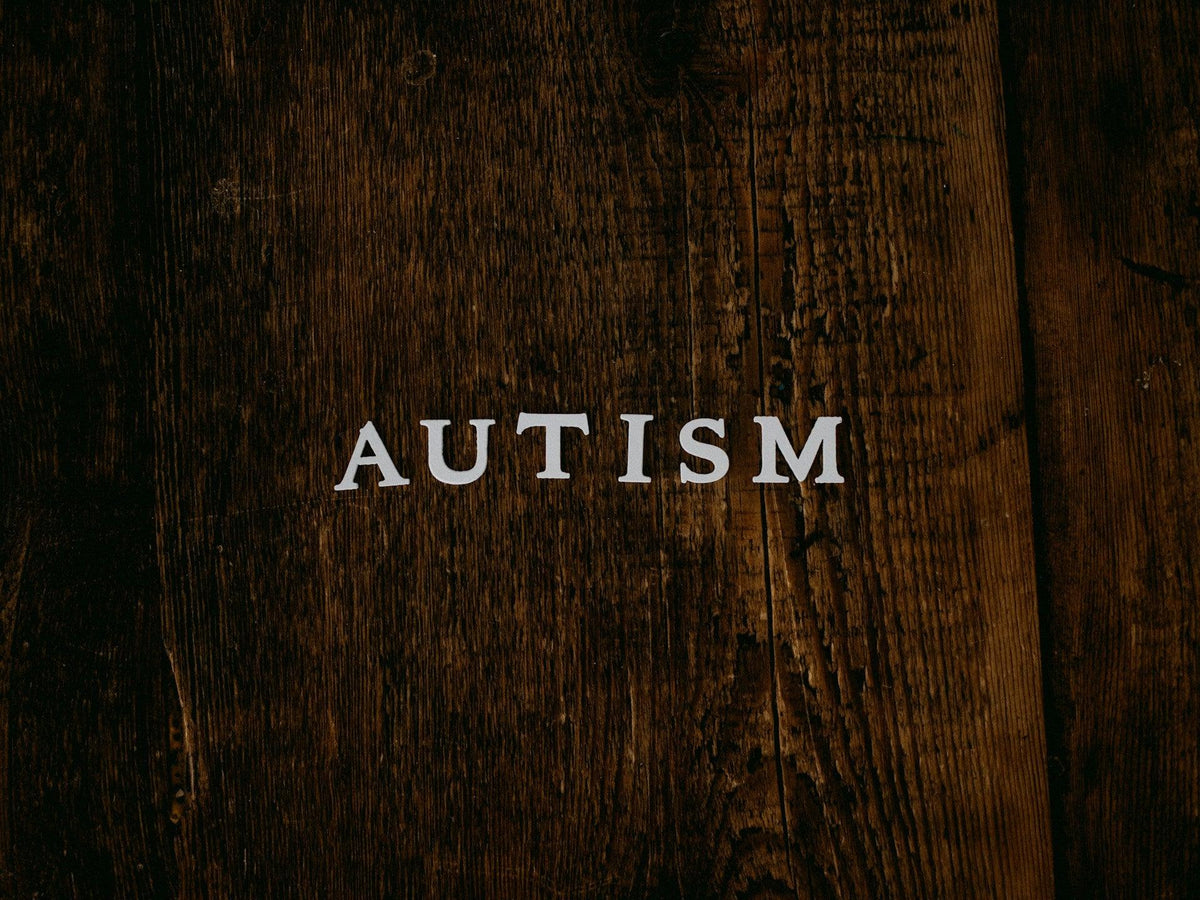First-time visitors to Georgia often want a clear, stress-free introduction that balances culture, nature and everyday comfort. Many begin in Tbilisi, where the airport sits close to the city centre and the compact Old Town allows easy walking between the sulphur baths, Narikala cable car and riverside viewpoints. Sustainable travel here means choosing walkable routes, local cafés and small hotels that support the community. Short trips to Mtskheta add historical depth without long drives, while Kakheti introduces wine traditions through slower, guided visits that reduce unnecessary transport. Some travellers combine Tbilisi with Batumi, using efficient internal travel rather than multiple flights. At Friendly Turtle EcoBlog, we encourage first-time visitors to travel Georgia responsibly by pacing itineraries, staying in family-run guesthouses, joining small-group tours and respecting local ecosystems. These mindful choices help reduce environmental impact while still offering a rich, authentic experience of Georgia’s cities, landscapes and traditions.
Share your articles with us and get published! Reach out at hello@friendlyturtle.com.
Why Parents Should Embrace Eco-Conscious Education About Autism

Autism can be a challenge for people who have it, but it is obviously especially hard on children who do not know what they are dealing with yet and their parents, who are often completely out of their depth and worried and a little scared for the future of their child. That is completely understandable, but a child with autism is not disabled, and they have a future and a life to live, just like everyone else. There will be challenges and obstacles to overcome, of course; that is what life is, but if they get the proper help and therapy they need when they are still young, there is no reason why they should not live a fulfilling and happy life, just like everyone else. This is why we wrote this little guide, to give you a basic overview of what you can do to help your child and prepare them for life.
Eco-conscious?
There are incredibly many aspects to helping children with autism adapt and learn about their classes and the like, but today’s article is going to be a little more specific and focus on the eco-friendly side that places a little more emphasis on sustainability and the like. Just as in any other field in the modern world, autism support and therapy are also evolving and experiencing cutting-edge advancements, which you can explore more about in the Autism Parenting Magazine, like creating sensory-friendly sustainable environments for autistic children. Therapists, educators, and parents can integrate eco-friendly design principles with sensory room concepts to create spaces that minimize negative environmental impact while promoting well-being. Some multiple ways and factors come into play, so let’s take a look at a few of them.
Calm and Comfort with Biophilic Spaces
Biophilia is a concept that emphasizes the innate human affinity and longing for nature, a concept that is also gaining traction when it comes to education, and also in the design of sensory-friendly spaces for children with autism. These spaces strive to elicit a sense of tranquility by incorporating natural elements like flowing water features, greenery, and natural light, reducing the anxiety and stress that autistic children can often be prone to, and fostering a deeper connection with the natural world around them. Spending time outdoors and connecting with nature is important for children in general, as we already all spend far too much time indoors in cramped spaces, and just need to see some green every once in a while, feel the wind on our faces, and hear it rustling through leaves, just to stay sane. Autistic children generally fall into one of two sensory categories, the hypersensitive (or oversensitive), and hyposensitive (or under-sensitive), and nature affects both kinds differently, but equally well. Hypersensitive children can connect with nature using their senses, such as sight, sound, and touch, allowing them to adapt their over-sensitivity to various stimuli and reducing their sensory issues. Hyposensitive children going for walks or such in nature will use their senses like sound, sight, and smell to gradually improve and increase their sensory stimulation.
Natural Light
Natural light is not only good for the environment and the eyes but it can also be a game-changer in a neurodivergent student’s learning. Desk and fluorescent lighting can have their benefits, of course, but can also cause or trigger light sensitivity, which may increase discomfort, anxiety, and irritability. When your learning environment has natural light, the autistic child’s mood may see a boost, and their focus and concentration on the task at hand may increase. It can release serotonin and make the whole room more sensory-friendly, while also having no environmental impact.
Visual Elements
Utilize visual elements where possible, as children, especially autistic children, process information better and faster when they can actually see it, which can look like having a visual daily routine, for example, in the form of a schedule or calendar for them to look at and read each day. Routines are extremely important for neurodivergent children, not just when they are learning but for everything in their lives. They rely on them; the strict routines are reliable and predictable and make them feel safe, especially when they are learning something. They tend to thrive in repetition, so it should come as no surprise that structure works and has been proven to work best. When you absolutely have to break their schedule or routine, like going on a vacation, make sure you prepare them well ahead of time so they do not feel ambushed, which may trigger their sensory issues. Instead of just writing out their routine, maybe draw some pictures or use illustrations or stickers of their lunchtime snacks, desks, or other symbols that represent whatever they are doing.

Sensory Experiences
Sensory experiences themselves can be powerful tools for promoting or illustrating environmental sustainability or the wonders of nature and the like, for autistic children especially. Interacting with nature-based activities, hikes, and other eco-themed exercises not only caters to all the sensory needs the children have but also instills a sense of almost environmental stewardship in them by forging meaningful, deep connections between the autistic children and everything nature has to offer. Take the child and go for a hike in the woods, show them the different plants and flowers, let them touch them, and feel the petals. Point out the different animals you see running, hopping, or flying around. Nature is healing by, well, nature, and can prove invaluable for autistic children in fostering an understanding of the world around them and that they are part of it, not apart, distant, or somehow completely different. It is the world they belong to.
Neurodivergent children face an abundance of issues, obstacles, and complications that they will need to overcome, and for that, they will need help, but perhaps most importantly, they need your understanding, love, and acceptance. They will feel and pick up on unconditional love, especially from their parents, and knowing that they are accepted and loved despite their problems will do far more than any therapy or medication ever will.
0 comments
Let customers speak for us
Blog posts
A calm, multifunctional garden can be more than a pretty backdrop it can become a practical extension of your home that supports slow mornings, outdoor meals, and genuine downtime. In this Friendly Turtle EcoBlog guide, we look at simple, sustainable ways to shape an outdoor space that feels organised, welcoming, and easy to use throughout the week. Start by creating clear “zones”: a quiet seating corner for reading, a dining spot for relaxed lunches, and a flexible open area for play or potting. Light-touch structures, such as an airy pergola or a sheltered veranda, add definition without blocking daylight, making the garden usable in changeable weather. Keep the mood restful with layered planting: evergreens for year-round structure, seasonal flowers for colour, and lightly scented herbs near paths. Choose reclaimed or recycled materials where possible, add soft warm lighting, and reduce water waste with mulch and a simple rainwater butt. The result is a garden that feels calm, functional, and kinder to the planet.
Finding the right mental health support in Woodland Hills starts with checking credentials, treatment approach and access to care. Look for licensed clinicians with training in evidence-based therapies such as CBT or DBT, and ask whether programmes offer coordinated psychiatry, talking therapy and crisis support when needed. The best providers also explain your options clearly, from outpatient sessions to more structured day programmes, and may include complementary practices that support recovery, such as mindfulness, movement and nutrition guidance. At Friendly Turtle EcoBlog, we often explore how everyday choices shape wellbeing; this guide applies the same practical lens to mental health care, helping you compare services, understand what ‘holistic’ really means, and choose a setting that feels safe, respectful and tailored to your needs. It also highlights practical questions to ask about availability, confidentiality, fees and insurance, so you can make a confident, informed decision.



